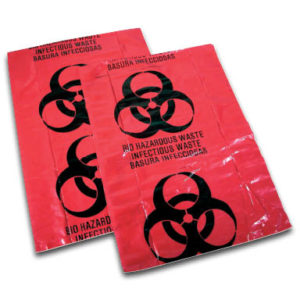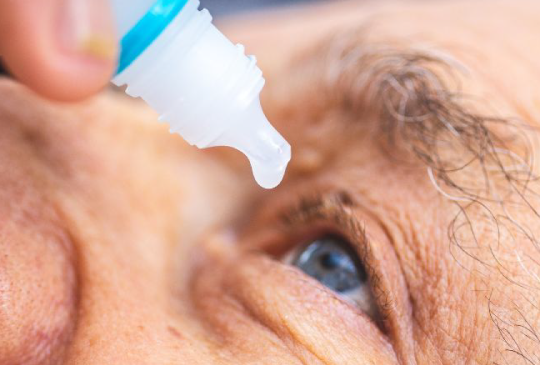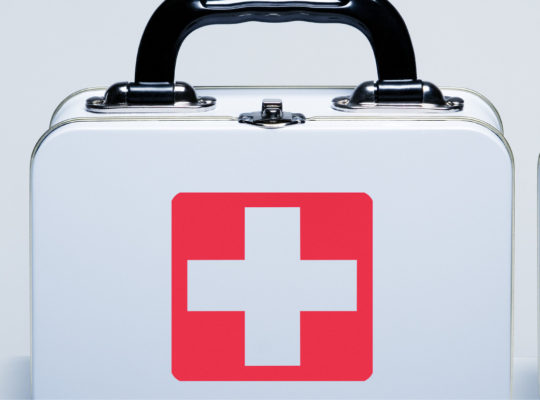Biohazard bags are used everywhere from hospitals to schools and everywhere in between. They are intended for the disposal of organic or biological materials that may cause harm to others if they come into contact with them. It is important to be sure to use a biohazard bag anytime there is a spill or an injury where materials must be disposed of. Here is a quick guide of how and when to use a biohazard bag.
Items that can go in a Biohazard bag
- Visibly bloody gloves, plastic tubing, or personal protective equipment (PPE)
- Gauze, bandages or other items saturated with blood
- Securely closed disposable sharps containers
These DON’T go in the biohazard bag:
- Medications
- Compressed gas cylinders (they’re hazardous waste, not biohazards)
- Loose sharps (they go in sharps containers)
- Hazardous and chemical waste
- Radioactive waste
- Fixatives and preservatives
- Biotech or food processing waste that does not contain a potentially infectious agent
- Household waste, food, paper products, and other medical solid waste (unless potentially infectious)
If you have any of these other items, you should consult a professional about the best ways to safely dispose of them. Safe handling of all dangerous materials will protect you, other disposers who may come into contact with the items as well as the environment.
Failure to use a biohazard bag can cause the spread of diseases that are communicable via bodily fluids such as HIV or Hepatitis. Whenever handling anyone else’s bodily fluids you should be sure to protect yourself using a personal protection kit.



